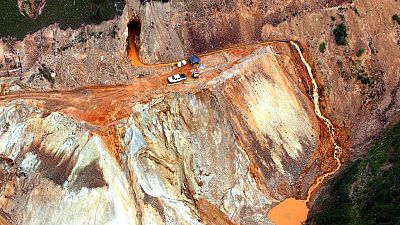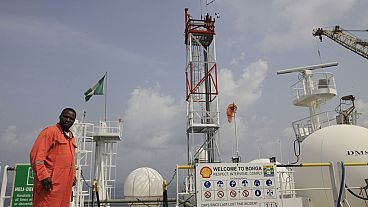LONDON (Reuters) - GE Renewable Energy has been chosen as preferred supplier to provide turbines for Britain's Dogger Bank offshore wind project being developed by SSE and Equinor, the companies said on Tuesday.
The three Dogger Bank wind projects in the North Sea will use GE's Haliade-X turbine, which with a capacity of 12 megawatts (MW) is the world's most powerful turbine.
"Dogger Bank will now be home to the largest offshore wind turbines in the world and this pioneering low carbon technology, which will play a central role in helping the UK become carbon neutral by 2050," Paul Cooley, director of capital projects at SSE Renewables, said in a statement.
GE Renewable Energy is a Paris-based division of General Electric.
Orsted is also set to use the Haliade-X for two U.S. projects, with the first off the Maryland coast expected to begin operation in 2022.
The spokesman said the turbines for Dogger Bank are likely to be built in GE's factories in Saint Nazaire and Cherbourg in France.
SSE and Equnor won contracts for the three Dogger Bank projects under Britain's latest renewable subsidy auction, which cleared at a record low for offshore wind last month.
The cost of developing offshore wind projects has plummeted over the last few years, largely due to the increase in the size of turbines.
The most powerful turbine currently in commercial operation is Vestas' 9.5 MW turbine.
Britain is already the world's largest offshore wind market, and plans to generate a third of its electricity from the technology by 2030 in a bid to achieve net zero carbon emissions by 2050.
(Reporting by Susanna Twidale; Editing by Susan Fenton)



